Solo Travel to Afghanistan in 2025 – Safety, Tips & Best Places
Published: 03 Mar 2025
Afghanistan presents an old history, friendly hospitality, and a terrain of rugged mountains. It poses challenges and is a unique and rewarding experience for lone guests. From the historic Blue Mosque in Mazar-i-Sharif to the amazing Band-e Amir Lakes, a dream come true; dreamers yearning for adventure will find the country’s beauty. However, Afghanistan must prepare more for single guests based on its political context and security concerns.
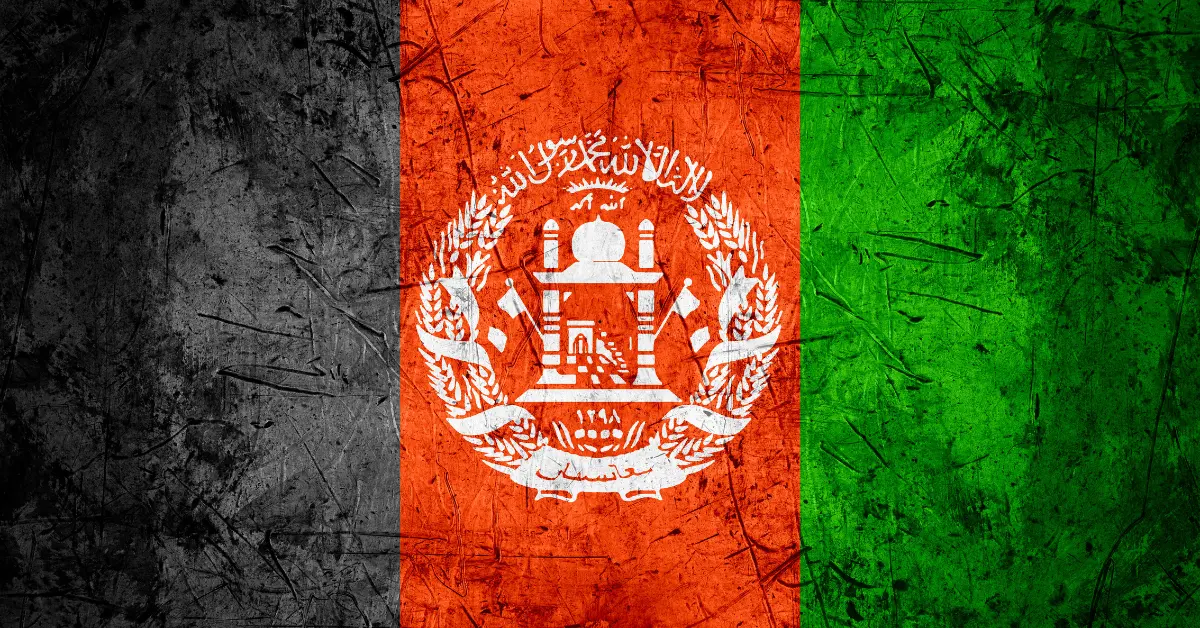
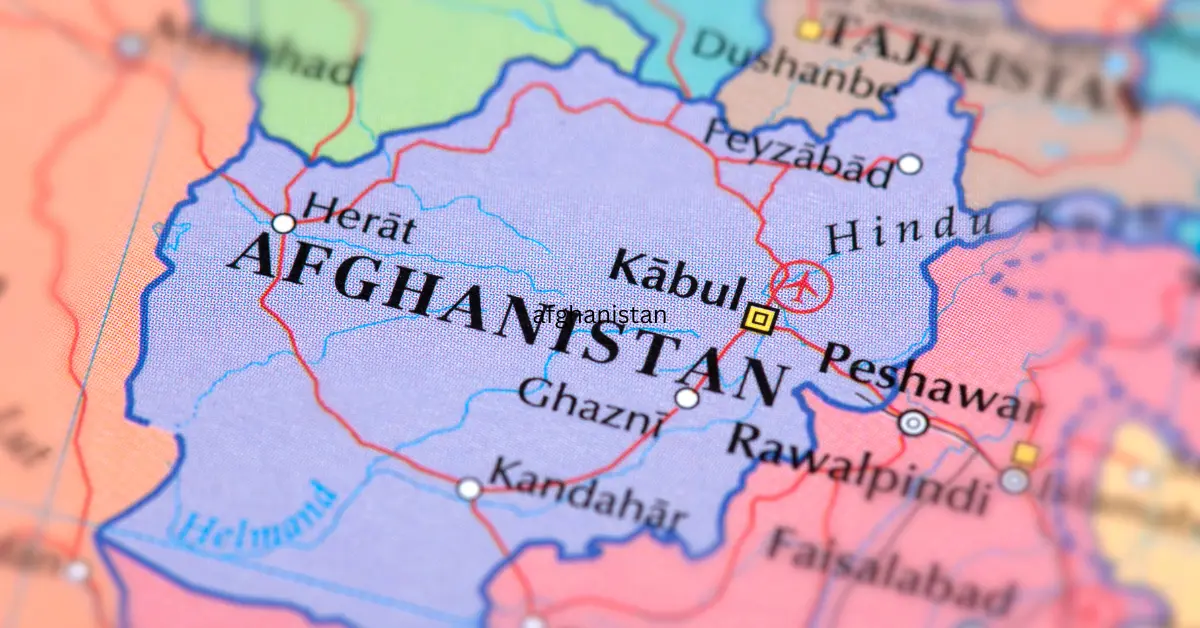
How will things be in 2025?
Afghanistan will boast some infrastructural and travel improvements by 2025. In some areas, especially Kabul, Herat, and Bamiyan, authorities have strengthened security procedures, making travel safer. While rural places and border areas still pose risks, informed travelers who follow necessary guidelines can explore the country more confidently than in past years. Solo female guests must be cautious even if guided trips and local support networks have made travel more accessible.
What This Guide Reviewed
This article presents a whole picture of a single trip in Afghanistan. You will find:
✔ Safety tips for travel within one country.
✔ Visa entry rules and conditions.
✔ From metropolis to hidden gems, top places to see
✔ Guideline on Budget Travel: How can one avoid paying too much?
✔ Local customs and politeness, including dress standards.
✔ Food; mobility; connectivity; emergency contacts.
Afghanistan in 2025 has much to offer adventurous tourists seeking an off-the-beaten-path experience—with the proper knowledge and readiness. Are you all set to delve in? Let’s look into Afghanistan.
Safety & Security for Solo Travelers
Most Recent Security Upgrades and 2025 Risk Factors
Afghanistan still offers a challenging environment for solo tourists by 2025; security varies according to location. As security measures have been followed in key towns such as Kabul, Herat, and Bamiyan, visitors find them relatively safer. Still, rural areas—especially border regions and provinces like Helmand, Kandahar, and Nangarhar—offer significant risks due to ongoing insecurity.
Foreigners have to be Aware of:
- Possible security stops in big towns and on major routes are something that foreigners need to be aware of.
- Fewer consular services are available because many offices have closed or moved.
- Phone and internet service in distant areas is often inadequate.
- Tough entry rules that require a lot of planning.
Always check the most up-to-date travel warnings on your country’s official website and sign up with your embassy before you leave.
Safe Cities and Regions vs. Areas to Avoid
Usually, there are better places for solo visitors to stay.
- Kabul: The city has enhanced security in these crucial areas, given several embassies and international businesses in Wazir Akbar Khan and Shahr-e-Naw.
- Herat’s Historical Sites, influenced by Persian culture, make it one of the safest cities for tourists.
- Bamiyan provides a haven for guests; it is home to Band-e Amir National Park and the well-known Buddhas.
- Mazar-i-Sharif: The city’s feature is its Blue Mosque, which has remained relatively constant in other provinces.
Areas to Avoid
- Southern and Eastern Provinces (Helmond, Kandahar, Nangarhar, Kunar, Paktika, etc.). Constant security issues make these places unsafe.
- Cross-Border disputes make avoiding areas near Pakistan, Iran, and Tajikistan advisable.
- Highway Routes: Overland travel between cities could be difficult due to possible jams and security issues.
How to Stay Low-Key and Interact Safely with Locals
Men should dress modestly and fit in with local-style shalwar kameez; women should cover their hair with a scarf or hijab to deflect unwanted attention.
- Avoid political or religious debate since sensitive issues could lead to misinterpretation.
- Use local contacts; arrange a tour or stay with a trustworthy host for security if possible.
- Keep your itinerary under wraps; never post travel plans that include total strangers or real-time locations online.
- Crisis Behavior Guide and Emergency Contacts Guide
- Local Police: Dial 119; response times vary.
- Medical Emergency: Herat and Kabul hospitals offer better medical services. FMIC Hospital in Kabul would be a fair choice for foreigners.
- Local Contacts: Find a trustworthy local or tour operator who might come to assist if needed.
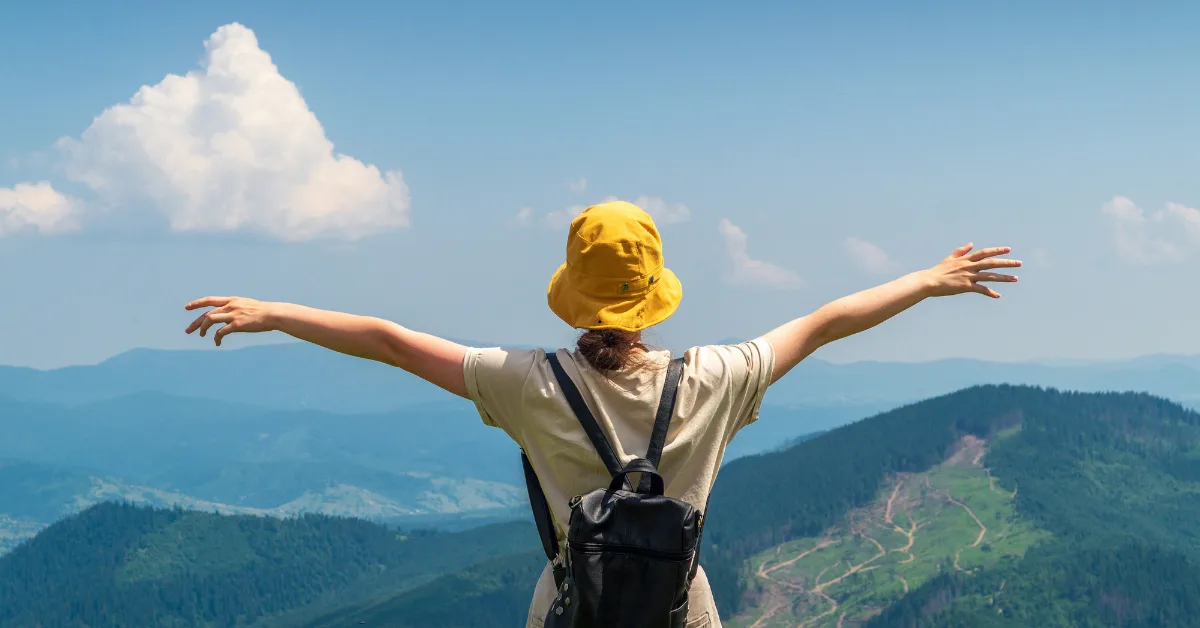
Advice for Solo Female Travelers
Women flying alone in Afghanistan demand specific attention.
- Always dress sensibly; respect local norms by dressing casually, in a long dress, headscarf, and in a relaxed manner.
- See the Daytime; stay away from midnight alone strolling.
- Use women-only transportation wherever possible; some cities have areas of public transit designed especially for women.
- Stay at Decent Hotels; choose those with security cameras.
- Be wary of interactions: Though many Afghan men are courteous, avoid direct eye contact or long conversations with strangers.
RECENT POSTS
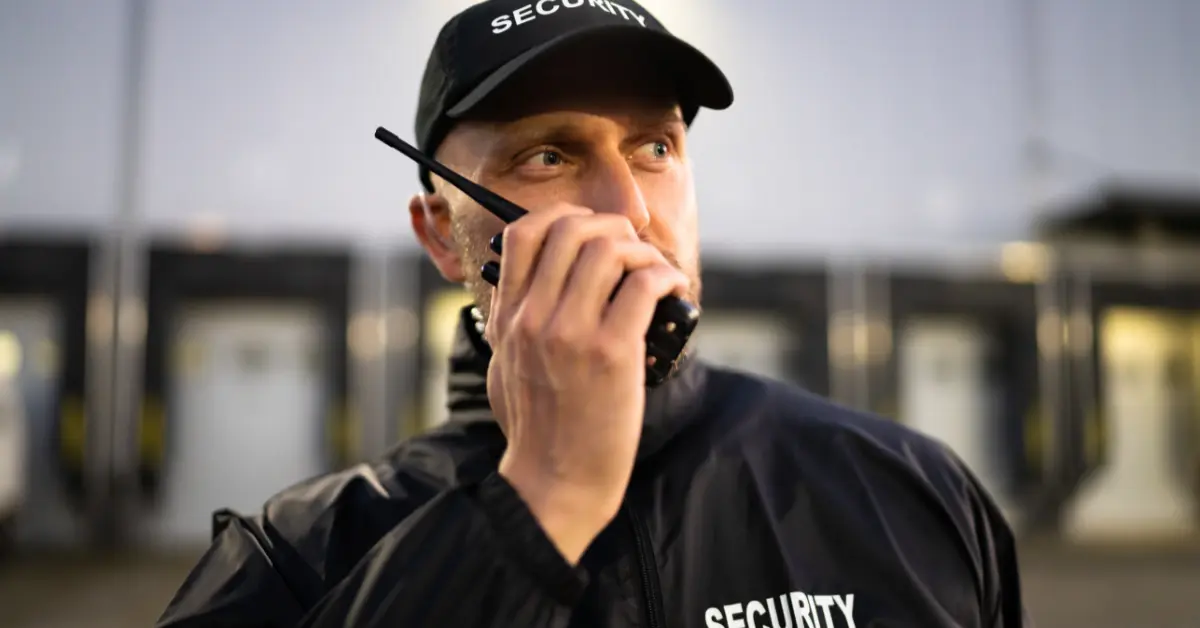

Afghanistan Visa & Entry Requirements
Visa Policies in 2025 for Different Nationalities
As of 2025, Afghanistan requires a visa for practically all tourists except a few diplomatic and official passport holders.
Most guests find getting a Visa on Arrival (VOA) impossible.
- Though not used very often right now, e-visas are under review.
- Given their different visa policies, Pakistan, Iran, and Central Asians should consult their respective embassies.
- Journalists and staff of NGOs need further authorization.
Method of Application, Costs, and Required Documentation
Those seeking an Afghan visa must do it through their closest embassy or consulate.
- Valid for thirty days (extendable in Kabul), the standard tourist visa.
- Business & Work Visas: Demand more sponsor paperwork and permission.
- Usually, depending on the embassy, processing time ranges from one to four weeks.
- Cost: The cost falls between $80 and USD 200 depending on nationality.
Key Components:
✔ Valid passport minimum six months’ worth of validity
✔ Visa application Form
✔ Pictures the size of a Passport
✔ Proof of housing: Invitation Letter or Hotel Reservation
✔ Travel Schedule
✔ Letter of intention: should business or employment visas demand for it, should
Border Crossing Rules and Airport Arrival Procedures
- Airport Entry: Kabul International Airport (HKIA) is the central point of access. Arrived expecting thorough security inspections.
Overland Borders:
- Pakistan: Security questions surround Torkham and Spin Boldak crossings.
- Iran: among the safer options is Islam Qala crossing (Herat).
- Tajikistan, Uzbekistan, Turkmenistan: limited access calling for pre-approved visas.
Exit Guidelines: Departure requires a current visa; overstaying could result in fines or jail.
Top Viewpoints of Afghanistan.
Historical and Cultural Retorts
Kabul: the focal point of Afghanistan.
- The capital city combines modernism with a cultural legacy.
- Babur’s Gardens: Comprising Mughal-era gardens and monuments, this quiet refuge
- The National Museum of Afghanistan houses Islamic and pre-Islamic relics.
- Shah-e Doh Shamshira Mosque is a unique mosque designed in European style situated next to the Kabul River.
Herat: Afghanistan’s Gem of Culture
- Herat is Afghanistan’s most Persian-infused city, and its architecture is beautiful.
- Herat Citadel is a restored fortification started by Alexander the Great.
- Herat’s Great Mosque, Jami Masjid, boasts superb blue tilework and Persian patterns abound.
Mazar-i-Sharif, the Blue Mosque Home
- Blue Mosque (Shrine of Ali) – Among the most regularly seen Islamic sites.
- New Year Celebrations (Nauruz Festival) – Thousands of people assemble in an incredible event.
Bamiyan, the Land of the Buddhas
- Buddhas of Bamiyan (Ruins): Once massive and renowned Buddha sculptures, destroyed in 2001, now serve as an archaeological site.
- Band-e Amir National Park, Afghanistan’s first national park, boasts limestone cliffs and azure lakes.
Nature & Adventure Destinations
The Natural Wonder of Afghanistan: Band-e Amir Lakes
- Six glisteningly clean lakes surrounded by magnificent limestone cliffs form a chain.
- Offers hiking, boating, and vistas.
The Invisible Trekking Paradise: Wakhan Corridor
- Among the most Remote and Undeveloped Regions of Afghanistan.
- Perfect for very experienced hikers enjoying breathtaking Himalayan landscapes.
The Vanguard of Resistance: the Panjshir Valley
- Celebrated for excellent mountain background as well as historical relevance.
- Final resting site of national hero Ahmad Shah Massoud.
Hidden Gems & Lesser-Known Sites
Minaret of Jam: Ignored Gem of Afghanistan
- UNESCO lists the 12th-century brick minaret of a faraway valley.Among the freestanding minarets all around.
Shah-e Doh Shamshira Mosque – A Unique Architectural Blend
- Unlike other Afghan mosques, this Baroque-inspired mosque has European features.
- Perfectly next to the Kabul River, this place is a must-see for historical buffs.
Bamiyan’s Cave Monasteries
- Designed into the environs of the Bamiyan Buddhas, the cliffs.
- Highlights meditating rooms, inscriptions, and ancient murals.
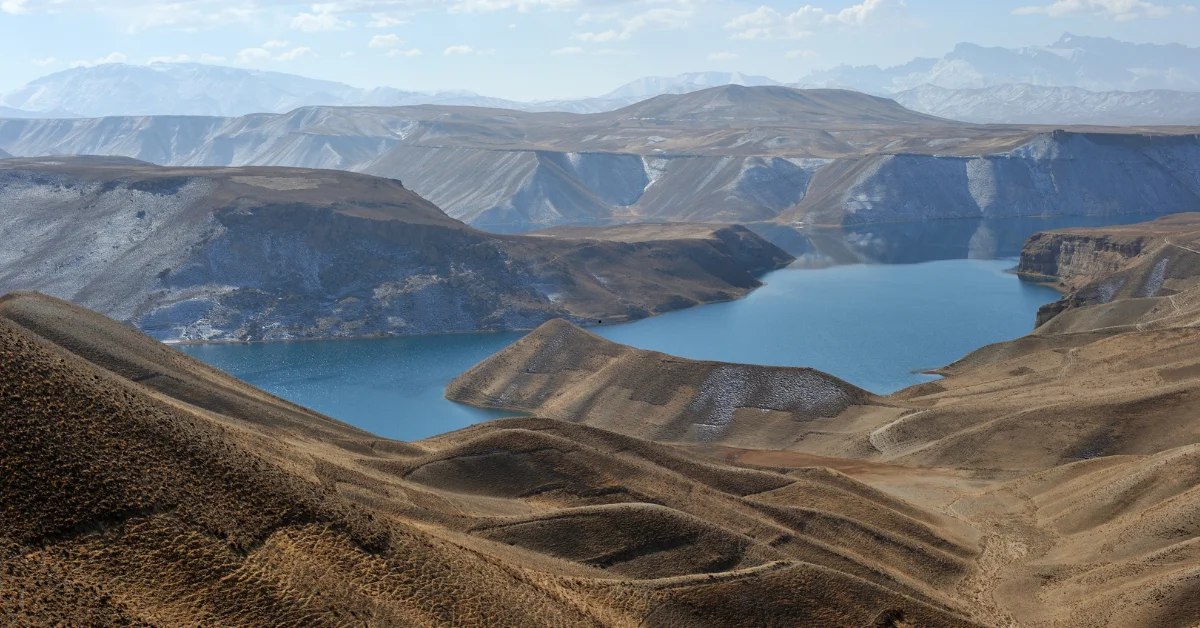
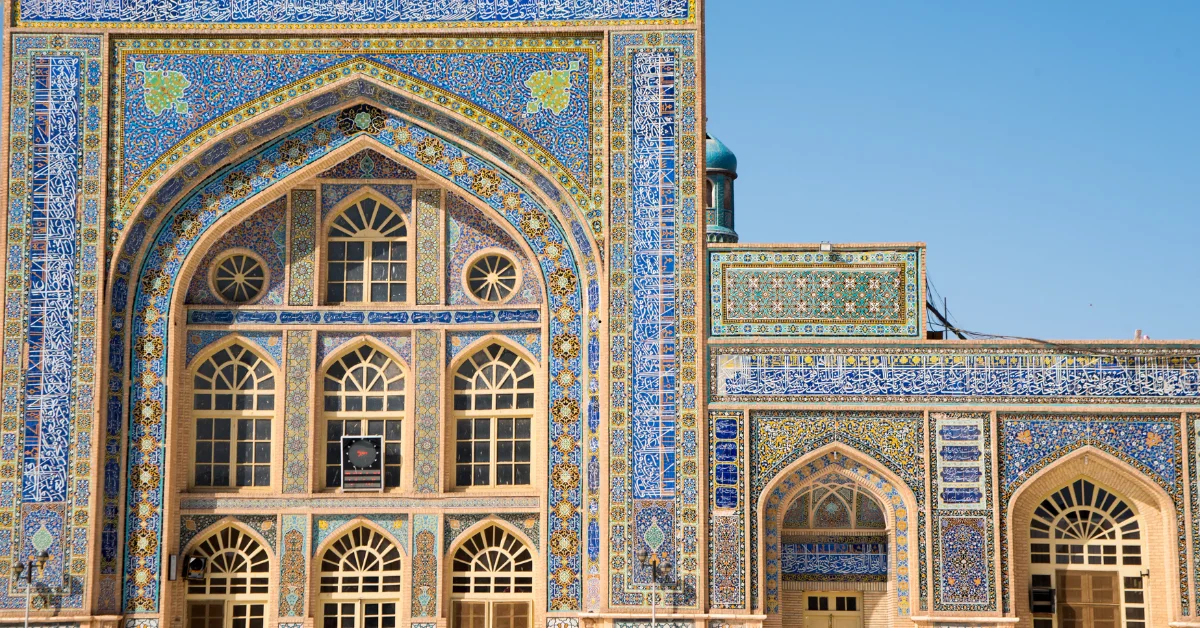
Transportation in Afghanistan
Domestic Flights, Taxis, and Shared Minivans
Though there are several options, Afghanistan’s rugged topography makes travel challenging:
Domestic Flights
- The fastest and safest way to go among large cities such as Kabul, Herat, Mazar-i-Sharif, and Kandahar.
- Two primary carriers are Kam Air and Ariana Afghan Airlines.
- Booking beforehand is advised since flights can be limited.
Flying provides a safer alternative to ground travel because roads may have security risks such as attacks, checkpoints, or unstable conditions.
Taxes
- There are no meters; private cabs are relatively frequent, but discuss fares before starting the trip.
- Residents usually point out cabs on the street since ride-hailing apps are not popular.
- Airport taxis can be pricey; hence, choose your travel agent from a reputed company.
Group Buses and Minivans
- Shared Toyota HiAce minivans are the most regularly used public transportation between towns.
- They are reasonably priced but packed and not always safe, considering poor road conditions and security issues.
- Buses are slower and less dependable than minivans, even if they run some intercity lines.
Renting a Car with a Driver vs. Public Transport
Renting a vehicle while driven
- Using alternative transport is recommended for convenience and safety, as self-driving poses risks due to poor road conditions and security concerns.
- Many visitors pay a driver-guide to help with local contacts and instructions.
- Although the route and automobile will affect the rental cost, you should allocate between $80 and $150 daily.
Issues with Public Transportation
- Although low cost, buses, and minivans create safety concerns since they might not follow traffic rules or undergo enough maintenance.
- Women guests may find crowded minivans embarrassing since seating is not usually gender-separated.
- Using public transportation can present challenges for language issues since drivers typically speak Pashto or Dari.
Walking and Safety Tips for Navigating Cities
People walk every day in Herat, Mazar-i-Sharif, and central Kabul, but it can be dangerous in some places at night.
- Don’t walk alone, especially in places where there aren’t any security guards.
- Don’t attract too much attention; strangers are easy to spot and could cause trouble.
- Stick to the main roads and avoid small streets or lanes.
- Dress modestly; covering your arms and legs helps you fit in.
- Bring a local SIM card with you if you need to call someone in an emergency.
Afghan Courtesy, Custom, and Culture
Knowledge of Afghan culture is crucial for single guests who want a courteous and flawless encounter. Although Afghanistan’s society is deeply traditional and values hospitality, travelers should observe certain customs. Here are key customs and practical guidelines for solo travelers.
- A pillar of Afghan life is hospitality. Should one be invited to someone’s residence, it is polite to accept with thanks and present a small gift, perhaps tea or cookies.
- Men shake hands often but should avoid physical contact with women unless they initiate it.
- Leave shoes off when visiting homes, mosques, and historic places.
- Always accept supplied tea; it’s a sign of hospitality.
- Photography: Before taking pictures of locals, especially women, you should always ask for their approval.
How to Dress Appropriately (Especially for Women)
- Men: Pants and long-sleeved shirts are recommended. Short-sleeved shirts, even if they are sometimes appropriate, should be avoided in conservative or rural environments.
Ladies:
- In most venues, even outside Kabul, a Headscarf (hijab) is required.
- Especially crucial is long, flowing attire covering arms and legs.
- A chador—full-body covering—may be compulsory in some conservative regions.
- Women visitors should steer clear of Western-style attire.
Dos & Don’ts When Interacting with Locals
Do:
- Welcome people with “Asalaam Alaikum” (peace be upon you), then wait for their reply “Wa Alaikum salaam.”
- Eat, greet, offer, and accept objects using your right hand.
- Respect seniors by allowing them to speak first and handling them gently.
Don’t
- Point to people; it is considered rude.
- Please don’t talk about politics, religion, or the war unless the local brings them up.
- Show love in public; holding hands is okay, even though kissing or hugging is not.
- Take away food or tea for no apparent reason.
If you follow these rules, Afghan people will be more likely to be friendly to single travelers.
Food and Eating Environment
Afghan food is rich, delicious, and firmly entrenched in history. Although single guests can enjoy a variety of cuisines, it’s essential to choose restaurants carefully, considering safety and hygiene.
Essential Recipes from Afghanistan
Afghanistan’s national dish, Kabuli Pulao, is made from rice, lamb, carrots, and raisins.
- Mantu: Usually served with yogurt and lentils, mantu are steamed dumplings stuffed with spiced meat. Bolani is a flatbread filled with lentils, leeks, or potatoes for a quick snack.
- Shorwa is a thick meat and vegetable soup eaten bread-style.
- Usually eaten with rice, stews—quormas—are tomato-based meat dishes.
Sim Cards and Online Access
Staying in touch in Afghanistan requires some preparation since coverage and speed vary by place.
Best Mobile Networks Travelers Will Use in 2025
Leading telecommunications firms in Afghanistan are:
- Roshan provides the most overall coverage, especially in cities.
- Etisalat Afghanistan offers reasonably good rates of overseas calling.
- Strong in cities but less so in rural areas, MTN Afghanistan
- Afghan Wireless: Though coverage is imperfect, there are good speeds.
SIM Card Registration Method & eSIM Availability
SIM cards must be registered under a passport using official stores (available at airports and major towns).
- Though rates vary, a basic SIM with data should run you about $5–$10.
- A physical SIM is needed since eSIM solutions are not widely available.
Where to Find WiFi & Connectivity Issues
WiFi is available in upmarket hotels, cafés, and co-working spaces in cities including Herat and Kabul.
- Public WiFi is rare; speeds could be harmful even in hotels.
- Rural areas have inadequate or nonexistent services, so download prior necessary travel apps and offline maps.
Best Time to Visit Afghanistan
Afghanistan goes through four seasons; hence, timing a visit will significantly influence comfort and safety.
Seasonal Variations and Temperature
- Spring—March through May: This is one of the best times to travel. The mountains are lush and green, the temperature is comfortable, and wildflowers bloom in places like the Panjshir Valley and Bamiyan.
- Summer, June through August: It can be hot, especially in southern cities like Kandahar. The mountains stay colder, so the Wakhan Corridor is a good spot for trekking.
- Autumn, which runs from September to November, is another fantastic season. It has lower temperatures, a clear sky, and a golden countryside. The colors of harvest season define local markets.
- Winter: In northern areas, heavy snowfall and extreme cold between December and February.
Ideal Months for Safe & Comfortable Travel
March through May and September through November have perfect conditions for solitary tourists.
- Avoid July and August since lower regions will suffer from intense heat.
- If heading into winter, stay in areas like Kabul and Herat, where roads remain passable.
Festivals & Events Solo Travelers Might Enjoy
Nowruz (March 21) is the Afghan New Year, and it is celebrated with traditional music, food, and cultural events, especially in Mazar-i-Sharif.
- Janda Bala Festival Nowruz in the Blue Mosque in Mazar-i-Sharif.
- Buzkashi Tournaments (Winter-Spring) – Afghanistan’s national sport, much like polo but carried out with a goat corpse. Essential events happen in Kabul and northern areas.
Visiting during Nowruz or October provides cultural insights and nice weather for a once-in-a-lifetime experience.
Packing List & Essentials
Packing for Afghanistan requires considering cultural norms, climate, and safety.
Fashion Advice Inspired by Culture and Environment
Males:
- Neutral-colored pants and long-sleeved shirts.
- If traveling in fall or winter, wear a warm jacket.
- A lightweight scarf for sun protection or dust control.
Girls
- Simple, loose-fitting garments covering arms and legs.
- The headscarf—hijab—is strictly required in most regions.
- Wearing a long tunic over leggings or a local-style shalwar kameez is recommended.
Travel Accessories & Basic Safety Tools
- Daypack: For travel with simple needs.
- Power Bank: Certain areas could find their electricity unreliable.
- Flashlight: Made to be used during blackouts of electricity.
- Sunscreen and sunglasses: The sun can be mighty, especially at higher altitudes.
- The first aid pack should contain bandages, oral rehydration salts, and essential drugs.
- VPN for internet security; some websites can be restricted.
- Offline maps (Google Maps, Maps.me) – Cellular connectivity in far-off places could be unreliable.
Documents & Emergency Preparedness
- Save actual and digital copies of your passport and Visa.
- Keep a list of medical centers, local embassies, trusted local contacts, and emergency numbers for safety.
- Carry cash in USD and Afghani, as credit cards are rarely accepted, and ATMs may be unavailable in some areas.
- With a Translation App or Phbook, basic Dari or Pashto phrases help in communication.
- Travel insurance should specifically cover an emergency evacuation.
7-Day Afghanistan Solo Travel Guide
This 7-day trip covers Afghanistan’s most well-known places. It offers single guests a mix of history, culture, and adventure guaranteed by practicality.
Day 1-2: Exploring Kabul’s Cultural Sites
Starting from the capital, Kabul, is the best approach to understanding Afghanistan’s rich legacy.
Day 1: Discover the Heart of Kabul
- View the treasures from the Buddhist and Silk Road eras kept in the National Museum of Afghanistan.
- Check out Babur’s Gardens, a peaceful green area with great city views.
- Observe how builders constructed the Shah-e Doh Shamshira Mosque’s two stories uniquely.
- Wander Chicken Street is a famous market for buying wheelchairs, rugs, and gifts.
- Bastani Parwaz Restaurant serves traditional Afghan food for dinner.
Day 2: History & Scenic Views
- After visiting the Darul Aman Palace, a rebuilt historical site, go to the Kart-e-Sakhi Shrine, which is very important.
- If you are intrigued, visit the Afghan Cricket Stadium to come across the local sporting scene.
Travel Tip: Always evaluate the security situation before you tour the city.
Day 3-4: Bamiyan & Band-e Amir Adventure
Among the safest places in Afghanistan, Bamiyan is well-known for its ancient relics and fantastic landscape.
Day 3: Bamiyan’s Historic Marvels
- View the surviving massive sixth-century carvings at the Buddhas of Bamiyan.
- Explore the historically significant abandoned stronghold called the City of Screams, Shahr-e Gholghola.
- Explore the Shahr-e Zohak (Red City), the second historic fortification with breathtaking views.
Day 4: Band-e Amir National Park
Band-e Amir Lakes marks Afghanistan’s first national park.
- Dream azure oceans surrounded by mountains, love boating or trekking.
- Have a picnic under Afghanistan’s untainted natural beauty.
Travel Tip: Shared taxis from Bamiyan town will get you to a reasonably reasonable Band-e Amir.
Days five and six: Herat’s historical wonderfulness
Rich in ancient sites and Persian-inspired architecture, Herat, sometimes described as Afghanistan’s cultural center,
Day five: viewing Herat’s sites.
- View the architectural masterpiece, sometimes called the Great Mosque of Herat (Jami Mosque).
- Discover the Herat Citadel, an ancient stronghold featuring extensive city views.
- See the magnificent tomb from the Timurid era of Gawhar Shad.
- Look for classic fabrics and crafts at Herat’s Old Bazaar.
Day six: Local Customs and Secret Gems
- View the Musalla Complex, once home to some magnificent minarets.
- Explore the peaceful Persian-style garden, sometimes called Bagh-e Jahan Nama.
- At a traditional teahouse, taste Herati saffron tea.
- See the Friday Mosque, known for its blue tilework, if time allows.
Herat is well-served by domestic flights from Kabul for faster travel.
Day 7: Final Searches and Shopping
- Spend a relaxed last day back in Kabul.
- Discover Ka Faroshi Bird Market, one of the first bazaars in the city.
- Spend a lovely afternoon at the Paghman Gardens outside the city.
- Have a farewell meal in an ordinary Afghan guesthouse or a restaurant run by Serena Hotel.
- Hunt last minute for handcrafted jewelry, gemstones, and Afghan carpets.
Travel Tip: Arrange early security inspections at Kabul Airport before your journey.
This 7-day itinerary is perfect for single tourists because it combines history, culture, adventure, and local knowledge.
Final Thoughts and Finalist Suggestions
Afghanistan presents a challenging yet worthwhile vacation for lone visitors. By being knowledgeable and ahead of time, you can travel safely and rememberably.
Essential Tips for a Good Solo Trip
- Stay clear from really unsafe locations and routinely review travel warnings on safety.
- Show respect for the local culture by dressing quietly, as is expected in Afghanistan.
- Be ready for poor infrastructure; bring cash, offline maps, and anything else you need.
- Be wise when you talk to people from the area. Even if Afghans seem friendly, it’s best to meet people only after getting tips or contacts from people there.
What first-time travelers should know:
- If you want to learn about the past, Herat and Bamiyan should be your first choice.
- Enjoy the adventure and the beautiful outdoors by visiting Band-e Amir and Wakhan Corridor.
- Single female guests should consider group special care about safety.
Create Your Travel Schedule Right Now
Afghanistan is unique among other countries; it boasts authentic hospitality, amazing landscapes, and a rich historical legacy. If you are ready for an honest, off-the-beaten-path trip, start investigating, make reasonable preparations, and accept the adventure.
FAQs
1. Is it safe to travel alone to Afghanistan?
Due to security issues and instability, traveling alone to Afghanistan is still perilous. Governments are pushing against unnecessary travel to the region.
2. Is Afghanistan safe for tourists now?
Afghanistan’s security situation is erratic, with threats from extremist groups and the potential for violence. Visitors should be somewhat careful.
3. Is Afghanistan safe for female tourists?
Afghanistan seriously restricts women’s rights. Hence, female travelers especially find it risky. The Taliban’s policies instead significantly limit women’s freedoms, notably those related to movement and dress codes.
4. Does Afghanistan have tourism?
Afghanistan boasts many historical and cultural sites, but ongoing hostilities and security issues have dramatically reduced travel activity.
5. Which country is friendly to Afghanistan?
Afghanistan and its neighboring neighbors maintain diplomatic relations with Pakistan and Iran. Regional dynamics help shape these intricate connections.
6. Does Afghanistan like India or Pakistan?
Afghanistan’s links to India and Pakistan are nuanced. Although Afghanistan has long had amicable connections with India, geopolitics has complicated its relationship with Pakistan.
7. What to wear when visiting Afghanistan?
Individuals should wear modest attire. Women had to cover their entire bodies—that is, they had to wear barnacles or an abaya with a niqāb, exposing only the eyes. Men should wear long-armed blouses and slacks.
8. Is the US friendly with Afghanistan?
As of 2025, the United States barely interacts diplomatically with Afghanistan, mainly due to problems with violations of human rights and the Taliban government.
9. Can you wear shorts in Afghanistan?
Traditionally, wearing shorts is seen as rude in Afghanistan. Men and women are expected to dress modestly and cover their whole arms and legs.
10. Is Afghanistan safe for female tourists?
Afghanistan is risky for female travelers right now because of the Taliban’s restrictive policies against women, including dress requirements and movement restrictions.

- Be Respectful
- Stay Relevant
- Stay Positive
- True Feedback
- Encourage Discussion
- Avoid Spamming
- No Fake News
- Don't Copy-Paste
- No Personal Attacks



- Be Respectful
- Stay Relevant
- Stay Positive
- True Feedback
- Encourage Discussion
- Avoid Spamming
- No Fake News
- Don't Copy-Paste
- No Personal Attacks





